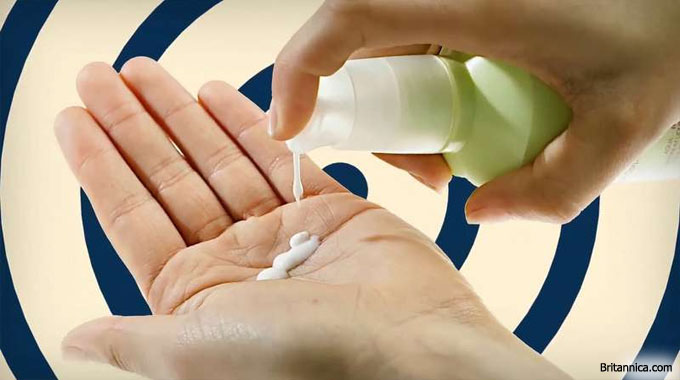Smile Just like the Mona Lisa
Although medieval feudalism continued all through most of Europe, the thirteenth century saw a cultural rebirth take location in Italy. Aptly named the Renaissance, French for “rebirth,” this period saw culture blossom in a way it had not since the time from the Roman Empire. The Renaissance began as a revitalization of Classical culture, inspired by the unearthing of wonderful Roman monuments that had been buried for centuries. Throughout this period, the citizens of Italian cities including Florence and Rome attempted to recreate what they believed to become a genuine Classical society. They encouraged philosophy, the invention as well as the arts, and this movement gave birth to several multi-talented Renaissance Males which include Michelangelo and Leonardo da Vinci.
You’ll need to look no further than the art on the Renaissance to see the era’s ideals of feminine beauty. Portraits show women in loose, flowing robes. Their skin is pale, their cheeks are shiny and their lips are usually a deep red. The perfect Renaissance lady was somewhat voluptuous and though her dress was loose, the material was thin and clingy and revealed much more of her physique than was permitted through the Middle Ages. Despite the extra revealing clothing, the face, and especially the forehead, continued to become the focal point with the physique. It was also the part in the body that received by far the most consideration within the kind of skincare goods and cosmetics.
An Effervescent Glow
Several supplies utilized in the makeup of this period would be considered toxic right now. At the time, nevertheless, women believed that they had been working with all-natural powders and minerals to lighten their faces and give their skin an effervescent glow. As had been the case for centuries, a pale complexion was nevertheless considered a sign of wealth and beauty. When Renaissance women didn’t have any approach to permanently bleach their skin, their skincare regimens included dusting the face using several white powders. White lead and chalk had been nonetheless two on the most common components in face powders, and a few women even attempted to lighten their skin with arsenic powder.
As soon as the right pale complexion had been achieved, Italian women would apply several other powders to highlight their cheeks, lips, and bust line. Silver mercury was typically mixed with lead or chalk and brushed onto the apples from the cheeks and across the best from the chest. Vermillion, a red substance that was made from cinnabar, was used to paint the lips. Whilst deep red lips have been deemed trendy, it was also acceptable to possess all-natural, or lightly tinted lips. Women continued to tweeze their hairlines and eyebrows so that you can give themselves a smooth, expansive forehead. To combat any signs of redness or irritation, they would also rub pumice stones along the hairline. (You can read more about Renaissance cosmetics here: )
Cleanliness: An Artistic Concern
Throughout the Renaissance, cleanliness, and hygiene began to be increasingly common themes in paintings and literature. A clean physique was typically utilized as a metaphor for any clean spirit. Alternately, the latrine became a sign of filth and was frequently used as a metaphor for moral baseness. It is unsurprising that the citizens of Renaissance Italy had been obsessed with hygiene, offered that they modeled their society on the Romans, who had been legendary for their bathing rituals. Cleanliness was not only an artistic metaphor, however, but a sensible concern. Italy had survived a variety of plague outbreaks and staying free from germs was a matter of life and death. Besides, many individuals strove to reside out of the philosophies that were explored inside the art with the time. Frequent bathing was a sign of dignity and social distinction. These were subjects of wonderful concern to quite a few Renaissance artists and philosophers. (You can read a lot more about attitudes toward cleanliness here: )
Skincare remedies throughout the Italian Renaissance have been, in practice, quite equivalent to what they had been throughout the Middle Ages. Bathing rituals have been equivalent, skincare solutions were similar and cosmetics were comparable. What had changed, however, was the attitude toward these practices. While medieval women had seen cosmetics simply as a way to appear more attractive, the women of the Renaissance strove to achieve a transcendent ideal that combined Classical philosophy and art with physical beauty and human distinction.












